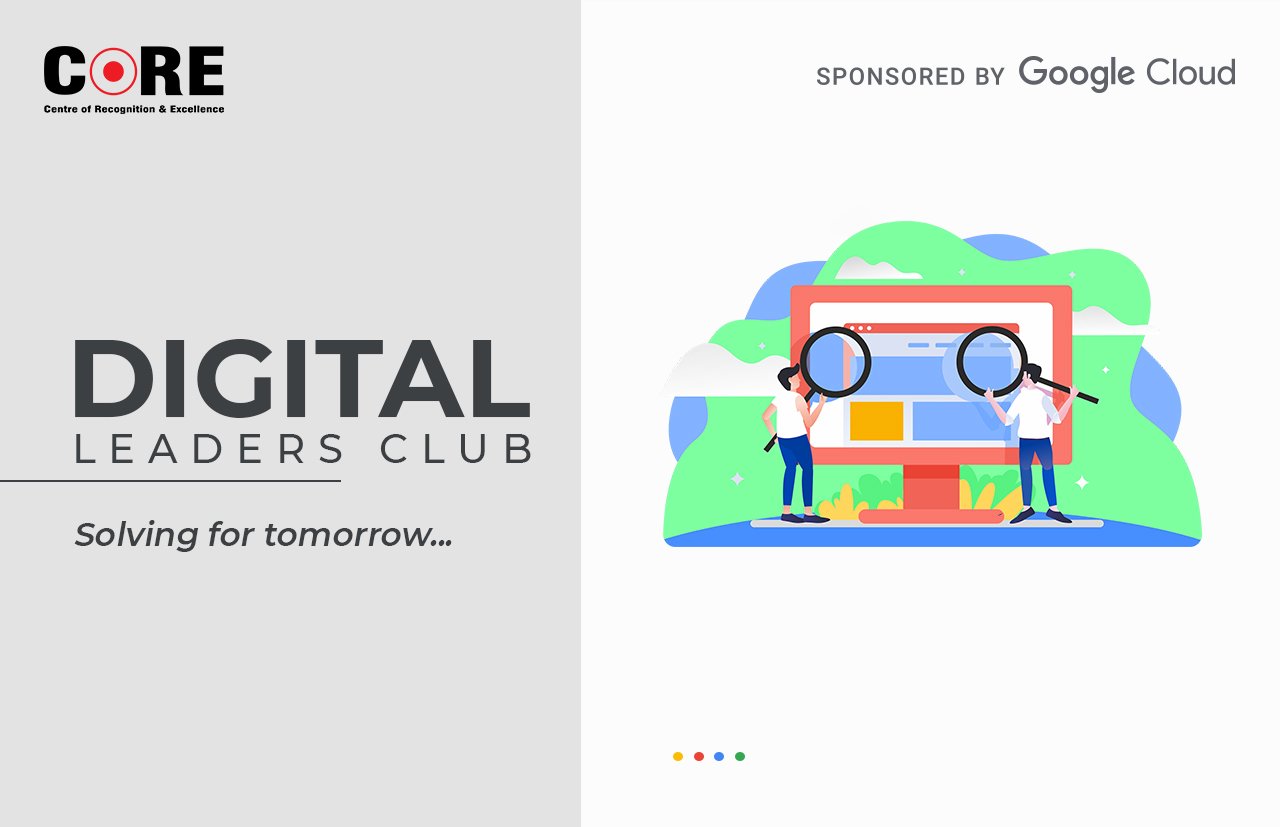- Organizations are leveraging cloud and emerging technologies to disrupt business models, transform user experience and stay agile
- Predictive analytics helps enterprises to create and deliver specific products and services that suit the current and future needs of customers
Enterprises have evolved meaningfully during the whole transition since the pandemic, and the role of CIOs has been brought to the forefront like never before. IT heads across industries are relooking at their data strategies, to arrive at new customer engagement models, fine-tune processes and deliver better services to meet customer expectations.
One of the recent editions of “Digital Leaders Club”, where IT leaders and digital visionaries come together to exchange ideas, witnessed interesting discussions on how technology has become the backbone of the new digital disruption. Experts from the Google Cloud team set the context to collectively hear from IT leaders across sectors regarding their perspectives in this whole transition journey.
“We are all in a digital world right now and have been pushed to the digital way of life. Digital is now becoming habitual with consumer behaviour and expectations changing. And, this holds true for every line of business. When everything is dynamically changing, there’s a very large segment of business that’s now looking at digital,” said Anoop Mathur, Founder & President, CORE Media, who moderated the discussion attended by IT leaders from diverse backgrounds in the industry and Google experts.
Chintan Shah, Head of Digital Native and Software Business at Google informed that making cloud a level field from a scale standpoint has been the focus for Google for a long time - whether it is building open source software or multi-cloud capability or leveraging machine learning and data into everything.
“Companies are leveraging the power of technology to disrupt their own legacy business models. They are moving away from their incumbents and are partnering with cloud providers to transform the user experience for the next set of customers, which are completely different,” he added.
A CIO from the energy sector is highlighted how his business processes are witnessing tremendous transformation in the last 18 months. “The pace at which the business is changing, we need to have a very flexible and scalable stack of infrastructure and technologies. We need the agility and efficiency to go to market faster and respond to changes. We have been leveraging public cloud to steer in this direction.”
Another CIO from a cement manufacturing company informed that they are using Dynamics CRM for their sales and on-field executives. Their deliveries are managed on cloud using Google's Location Map to ensure that travel agents, dealers, and stockists have complete visibility, centrally.
“We are trying to bring more technology to track from the entry to exit points, and delivery at the dealer’s place. Timely delivery to the end customer is one of the challenges we face. We are going with multiple cloud providers and our core systems are also on cloud. Managing hybrid cloud and multi-cloud is another business challenge we are now facing. We are looking for a vendor, who can handle all the challenges and manage all the cloud,” he added.
Sharing his views on the multi-vendor problem, Rajat Pandit from Google Cloud’s Customer Engineering Team said, “Typically, there are proprietary platforms and opensource platforms. The products that are built on top of open source platforms generally have higher access to talent because open source is available for anyone to play around with and build skills. At Google, we take that situation quite seriously and contribute a lot to open source products. A lot of Google Cloud products are based on top of opensource.”


